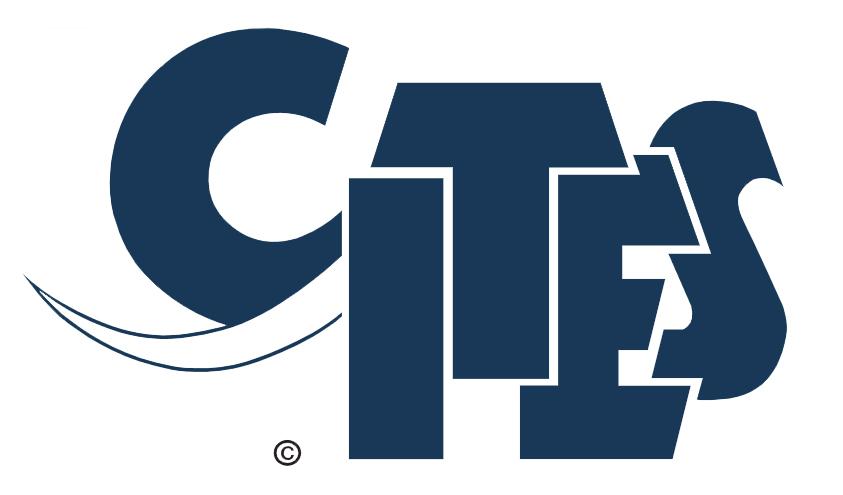Humane trapping methods
The fur industry is an excellent example of an industry based on “the sustainable use of renewable natural resources”
The sustainable use of renewable resources
Without human intervention, wildlife can be subjected to wildly swinging “boom and bust” cycles of overpopulation followed by disease and starvation. This is natural, certainly, but hardly humane. Using modern methods, trappers can help to maintain more stable and healthy wildlife populations.
Worldwide, the fur industry is an excellent example of an industry based on “the sustainable use of renewable natural resources”, a principle supported by all conservation authorities. Furs used by the trade are abundant. Absolutely no endangered species are used. In Canada, government wildlife officials and biologists ensure responsible use by establishing controlled seasons for hunting and trapping, as well as harvest quotas, licensing, and training courses for trappers. Strict government regulations ensure that these quotas and seasons are respected.
Beaver and muskrat alone make up more than one-half of the wild furs used in the Canadian fur trade, and these species are believed to be as abundant as when Europeans first arrived. In many regions, raccoons, coyotes and foxes are more abundant than they have ever been.
It is true that nature has its own ways of controlling wildlife populations, but these ways are usually much less humane that modern trapping methods. For example, overpopulated coyotes and foxes are susceptible to sarcoptic mange; animals infected with these mites will scratch themselves raw for weeks before succumbing. Natural, for sure — but a slow and painful death.
Agreement on International Humane Trapping Standards (AIHTS)

An example of the fur trade’s commitment to responsible practices is the Agreement on International Humane Trapping Standards (AIHTS). Pioneering research, coordinated by the Fur Institute of Canada provided the scientific basis for these standards, which are now being adopted by all major fur-producing nations and the European Union. These standards have been set to protect animals trapped for any reason, including pest and disease control.
Jointly funded by the Canadian Government and the International Fur Federation, this important program ensures that animal welfare priorities are addressed in a practical way when animals are taken for food, fur or wildlife management programs. Environment Canada and the international fur trade have contributed more than $18 million in recent years to research and refine humane trapping methods.
Convention on International Trade in Endangered Species (CITES)
Responsible practices do not stop at the Canadian border. Complementing the AIHTS, the Convention on International Trade in Endangered Species (CITES) provides monitoring and controls to ensure that wildlife is not endangered by trade. CITES is administered by the International Union for Conservation of Nature (IUCN) and its 145 member countries. The Fur Institute of Canada and the International Fur Federation are members of the IUCN, which works to ensure the sustainable use of natural resources and ecosystems through international cooperation.

